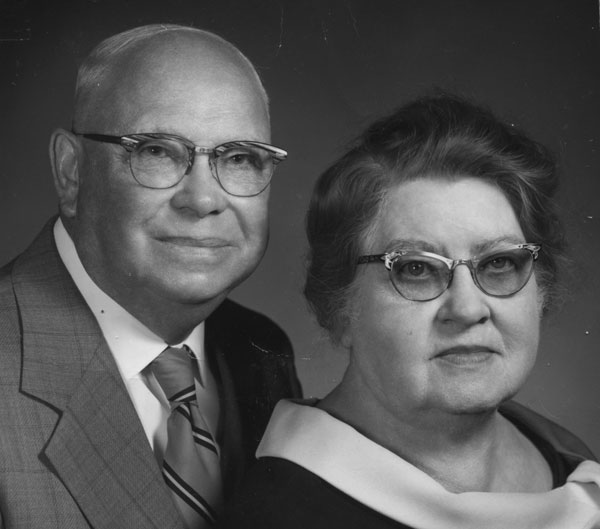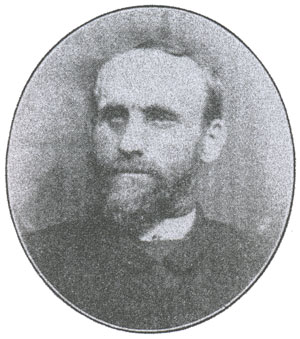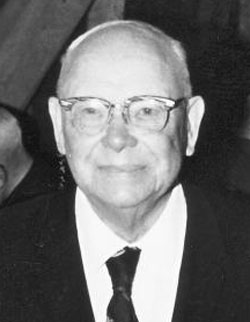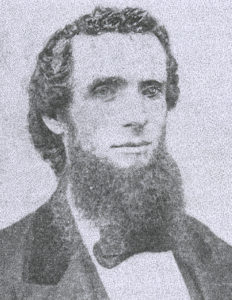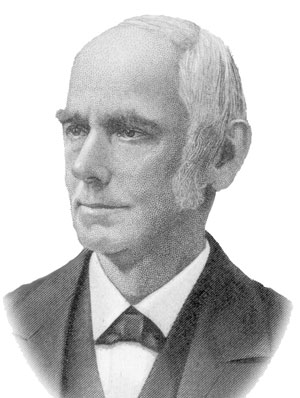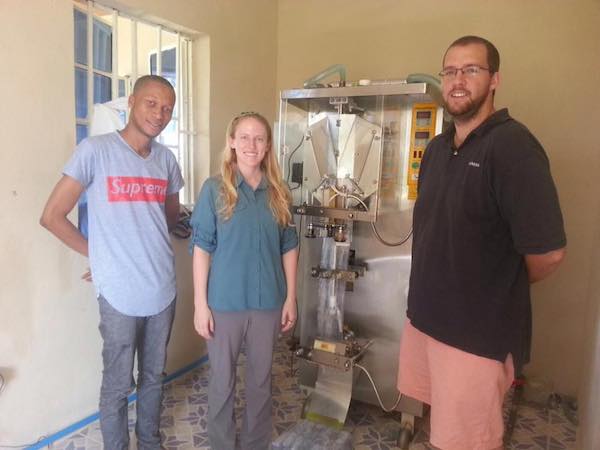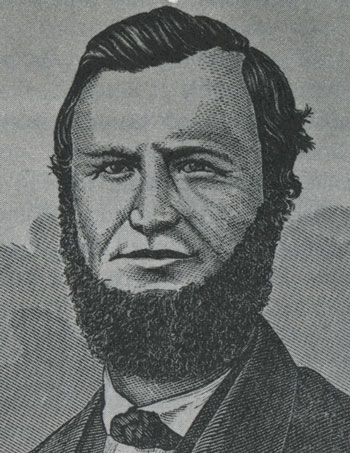31 Oct UB Connected Meeting Nov 5-6 in Chambersburg, Pa.
Michael Mudge
The second annual “U.B. Connected” event this weekend at Rhodes Grove Camp (Chambersburg, Pa.) will begin with a Missions Conference from 3-5 pm on Sunday, November 5.
All sessions of “U.B. Connected” are free and open to the public, with fees charged only for meals and lodging, but registration is required and may be made by telephoning Rhodes Grove Camp at 717-375-4162.
Jeff Bleijerveld, Executive Director of UB Global, the missions agency of the United Brethren in Christ, will bring updates from the international conferences and missions districts. Featured speaker will be Rev. John Pessima, United Brethren Bishop of Sierra Leone, West Africa. Sierra Leone is the only Muslim-majority nation with freedom of religion. Bishop Pessima will share updates and needs of evangelistic efforts there.
Sierra Leone is also the nation with the worst peace-time infant mortality rate; and, of its twelve provinces, Bonthe District has the worst infant mortality rate, and the only hospital operating in the mainland area of Bonthe District is the United Brethren hospital at Mattru Jong.
Bishop Pessima will bring updates on the development of a bottled water processing operation on the hospital compound and the addition of a solar-electric system now at the end of construction there.
A feature of the Sunday afternoon Missions Conference will be announcement of offerings and pledges from area UB churches in a cooperative effort to raise funds to complete the construction of a new UB Primary School in Pujehun, Sierra Leone.
Following the Missions Conference will be a supper at 5:00 and a brief business meeting at 6:00 of the United Brethren Association for Church Development6. Evening Worship will begin a 6:30 with the praise team from Prince Street United Brethren Church (Shippensburg, Pa.) leading worship. US Bishop Todd Fetters will preach, and the Unity Service will conclude with Holy Communion, with music on the harp provided by Dr. Sherry Goertz, board member of Rhodes Grove camp and member of Blue Rock UB Church (Waynesboro, Pa.). After the Sunday evening worship, a fellowship reception will be sponsored by the Sider Insurance Agency.
“U.B. Connected” will continue Monday morning with worship being led by Pastor Derek Thrush of Devonshire UB church (Harrisburg, Pa.). The session will feature preaching by Rev. Dr. Ray Seilhamer, former bishop and present pastor of Mount Pleasant UB Church (Chambersburg, Pa.). He will be followed with exhorting by Rev. Joseph Abu, a native of Mattru Jong, Bonthe District, Sierra Leone; Rev. Abu resides in Claymont, Delaware and pastors Mount Zion United African Church (UB) in Philadelphia.
“U.B. Connected” is planned to bring all United Brethren people together at their traditional gathering place — Rhodes Grove Camp at Kauffman’s Station in Antrim Township.
The United Brethren in Christ celebrated the 250th Anniversary of their beginnings in 1767 with a National Conference in July at Lancaster, Pa., where their founders first met in Isaac Long’s barn during a “Great Meeting” of the pan-German revival.
Rhodes Grove Camp celebrated the 100th Anniversary this year of the purchase of the land by the UB Pennsylvania Conference in 1917 with the conclusion in June of a capital campaign that raised almost $400,000, more than any previous fundraising campaign. The camp also marked its 75th Anniversary of summer youth camps with an enrollment of 531 campers in ten camps over five weeks, their highest enrollment since 2004.
This year also marked a new ministry with a satelite camp being held with Devonshire UB church in Harrisburg. The 50th Session of Family Camp was also marked over Memorial Day Weekend with a record attendance of 331 registrants and well over 400 for the Sunday evening session.

